Picture a serene beach at sunset, where your hard-earned dental practice has finally afforded you the freedom to enjoy life beyond the clinic. As you approach retirement, you might wonder how to keep more of your income in your pocket rather than giving it away in taxes. There are five key strategies tailored specifically for dental practitioners that can help you navigate this complex landscape. Knowing these could mean the difference between a comfortable retirement and one filled with financial stress. What's the initial step you should take to secure your future?
Key Takeaways
- Maximize 401(k) contributions up to $22,500, or $30,000 if over 50, to reduce taxable income and enhance retirement savings.
- Consider setting up a SEP IRA to contribute up to 25% of your income, providing significant tax deductions.
- Utilize Health Savings Accounts (HSAs) for tax-deductible contributions and tax-free withdrawals for qualified medical expenses.
- Implement charitable giving strategies, like donor-advised funds, to effectively manage tax deductions while supporting causes you care about.
- Consult with tax professionals to navigate complex tax laws and optimize retirement contributions and deductions specific to dental practitioners.
Maximize Retirement Plan Contributions

Maximizing your retirement plan contributions is an essential step for dental practitioners aiming to secure their financial future.
By utilizing various tax strategies for dental professionals, you can greatly enhance your retirement savings. For instance, in 2023, you can contribute up to $22,500 to a 401(k) plan, with an extra $7,500 if you're over 50.
A SEP IRA allows contributions of up to 25% of your income, while Cash Balance Plans can exceed $300,000 annually. Additionally, a Defined Benefit Plan can offer higher contributions based on age and income.
By combining these plans, you optimize tax deductions and maximize retirement plan contributions, ensuring a robust financial future.
Consult your financial advisor to tailor a strategy that fits your needs.
Utilize Health Savings Accounts
While planning for retirement, you can't overlook the benefits of Health Savings Accounts (HSAs) for dental practitioners. HSAs allow you to contribute up to $3,600 for individuals and $7,200 for families in 2023, making your contributions tax-deductible.
This provides a fantastic tax advantage since withdrawals for qualified medical expenses are tax-free, and funds grow tax-deferred. To qualify, you need a high-deductible health plan (HDHP) with specific minimum deductibles.
Plus, your funds roll over annually, helping you accumulate savings without losing contributions. After age 65, you can also make withdrawals for non-medical expenses without penalties, adding flexibility to your retirement planning and increasing your potential tax savings.
Adopt HSAs to enhance your financial future!
Take Advantage of Tax Deductions

Taking advantage of tax deductions can greatly enhance your retirement savings as a dental practitioner. By deducting contributions to retirement plans like 401(k)s or SEP IRAs, you effectively lower your taxable income while saving for the future.
For 2023, you can contribute up to $22,500, plus an additional $7,500 if you're over 50. Don't overlook Health Savings Accounts, either; their contributions are tax-deductible and can help with retirement healthcare costs.
Additionally, you can fully deduct business expenses related to continuing education, improving your skills while reducing taxable income.
Finally, consider the Section 179 deduction to deduct the full cost of qualifying equipment purchases in the year you use them, providing immediate tax relief for your dental practice.
Explore Charitable Giving Strategies
How can charitable giving enhance your financial strategy as a dental practitioner? Charitable contributions can be deducted up to 60% of your adjusted gross income (AGI), offering significant tax benefits, especially in high-income years.
Consider using donor-advised funds to make immediate tax-deductible contributions while controlling future distributions. Gifting appreciated assets like stocks helps you avoid capital gains tax, maximizing your donation's value.
You might also explore "bunching" donations, combining multiple years' contributions into one tax year for greater impact. Charitable remainder trusts can provide income now, deferring taxes on appreciated assets, and benefiting charities later.
Consult With Tax Professionals

Maximizing your financial strategy doesn't stop with charitable giving; consulting with tax professionals can elevate your retirement planning even further.
When you consult with a qualified tax advisor, you gain insights into the latest tax laws and strategies that impact your financial health. They can help you with maximizing contributions to retirement accounts like 401(k)s and SEP IRAs, greatly reducing your taxable income.
Additionally, tax professionals navigate complex tax credits and deductions, ensuring you take advantage of opportunities, such as the Small Business Health Care Tax Credit.
By implementing proactive tax planning strategies, you can optimize cash flow and retirement savings.
Don't underestimate the power of expert advice—it's an essential step toward securing your financial future.
Frequently Asked Questions
How to Save for Retirement as a Dentist?
To save for retirement, you should explore various retirement accounts and savings plans. Focus on investment options that align with your financial goals, ensuring income diversification and risk management during your practice shift and long-term planning.
What Is the Best Tax Strategy for Early Retirement?
What's your plan for avoiding early withdrawal penalties? Focus on tax-advantaged accounts like Roth IRAs, leverage capital gains strategies, and prioritize healthcare cost management while considering Social Security and estate planning tips for effective retirement income planning.
Can Dental Work Be a Tax Write-Off?
Yes, dental expenses can be tax write-offs if they're necessary for your practice. You can itemize deductions for medical expenses, including insurance premiums, while contributing to retirement accounts allows for tax-free withdrawals down the line.
What Is the Retirement Plan for a Dentist?
Think of your retirement plan as a toolbox. You've got retirement account options like solo 401(k) plans, defined benefit plans, and profit-sharing arrangements, all helping you build tax-deferred savings and secure your future alongside financial planning advisors.
Conclusion
By implementing these five tax strategies, you're not just saving for retirement; you're building a financial fortress that stands the test of time. Maximize your contributions, utilize HSAs, and take advantage of deductions to bolster your savings. Don't forget to explore charitable giving options and consult with tax professionals to guarantee you're on the right path. Remember, a well-planned retirement isn't just an aspiration; it's your ticket to financial freedom and peace of mind.


